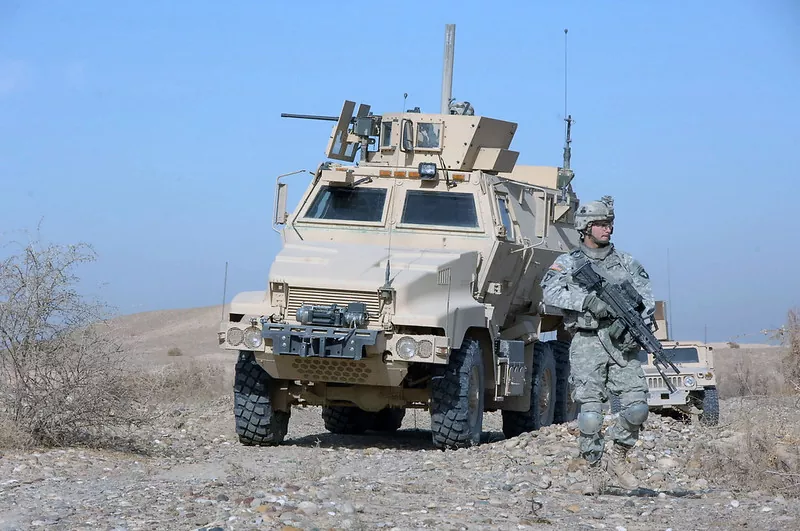America has spent almost $6.4 trillion on post 9/11 wars and military actions in Asia and the Middle East through the fiscal year 2020, according to the new study report published by Brown University from a ‘cost of war’ research series.
The report was published by Watson Institute of International and Public Affairs, Brown University.
The cost of US wars is $2 trillion more than the entire federal government spendings during the fiscal year 2019. The total spendings of the US government during the FY 2019 was $4.4 trillion. According to the report published by the US treasury department.
A total of 801,000 people have died as a result of these wars. There are 335,000 of these were civilians. According to the Watson Institute of International and Public Affairs report.
Iron Dome air defense system for the USA
How it becomes a global war on terror?
According to the report, the war has expanded from fighting in Afghanistan to wars in different countries and smaller operations, in more than 80 countries. This makes it a truly ‘global war on terror’. The mission of these post 9/11 wars, was to defend the US from future terrorist threats from Al Qaeda and affiliated organizations.
Future spendings on these wars:
“Even if the United States withdraws completely from the major war zones by the end of FY2020 and halt its other Global War on Terror operations, in the Philippines and Africa for example, the total budgetary burden of the post 9/11 wars will continue to rise as the US pays the on-going costs of veterans’ care and for interest on borrowing to pay for the wars.” Neta C. Crawford (A professor and chair of the Department of Political Science at Boston University and a co-director of the Cost of War Project at Brown University’s Watson Institute) wrote in a report.
F-35 the most expensive fighter jet program in U.S history
The total future budgetary cost of the post 9/11 wars only for veteran’s medical and disability are estimated to be more than $1 trillion from FY2020 until FY2059. Details in the report of Watson Institute (Table, Summary of War-Related Spendings). With the reference based on Linda J. Bilmes 2016, A Trust Fund for Veterans. Democracy: A journal of ideas no. 39 and 2013, The Financial Legacy of Iraq and Afghanistan.
War code names:
According to the report, the US military assigns the main war zones in Afghanistan, Pakistan, Iraq, and Syria as named operations.
The first phase of the war after 2001 in Afghanistan and Pakistan named ‘Operation Enduring Freedom’ and is named ‘Operation Freedom’s Sentinel’ in January 2015. The war in Iraq named ‘Operation Iraqi Freedom’ from 2003 to 2010 and is named ‘Operation New Dawn’ afterward. While the operation in Syria code-named ‘Operation Inherent Resolve’.
Transparency in war spendings:
“The major trends in the budgetary cost of the post 9/11 wars includes less transparency in reporting costs among most major agencies.” According to the report.
Analysis:
After analyzing the reports and articles published on US post 9/11 war expenditures it looks like the wars cost the US more in terms of the economy because it puts a lot of pressure on the American taxpayers. Even if the USA quits all foreign wars instantly, it has to spend billions of dollars in terms of the ‘cost of war’ for decades to come.
Sources:
- Article published in the Business Insider
- Article published in the CNBC news
- Article published by the Brown University
- PDF file link of a research paper published by Watson Institute of International and Public Affairs


